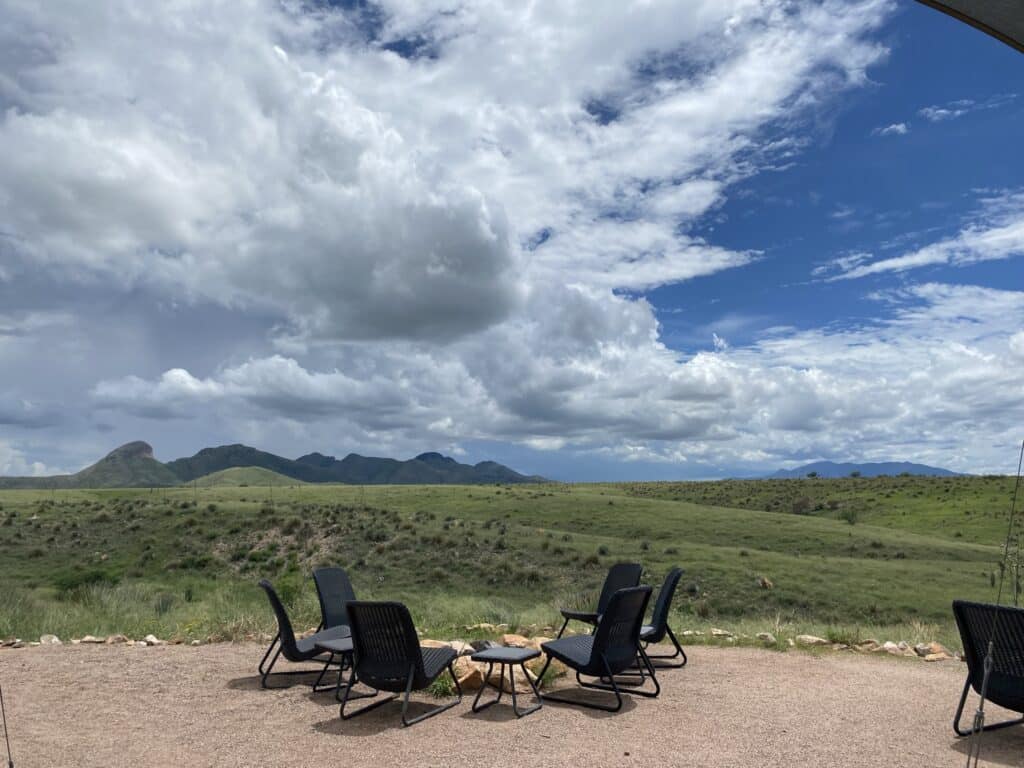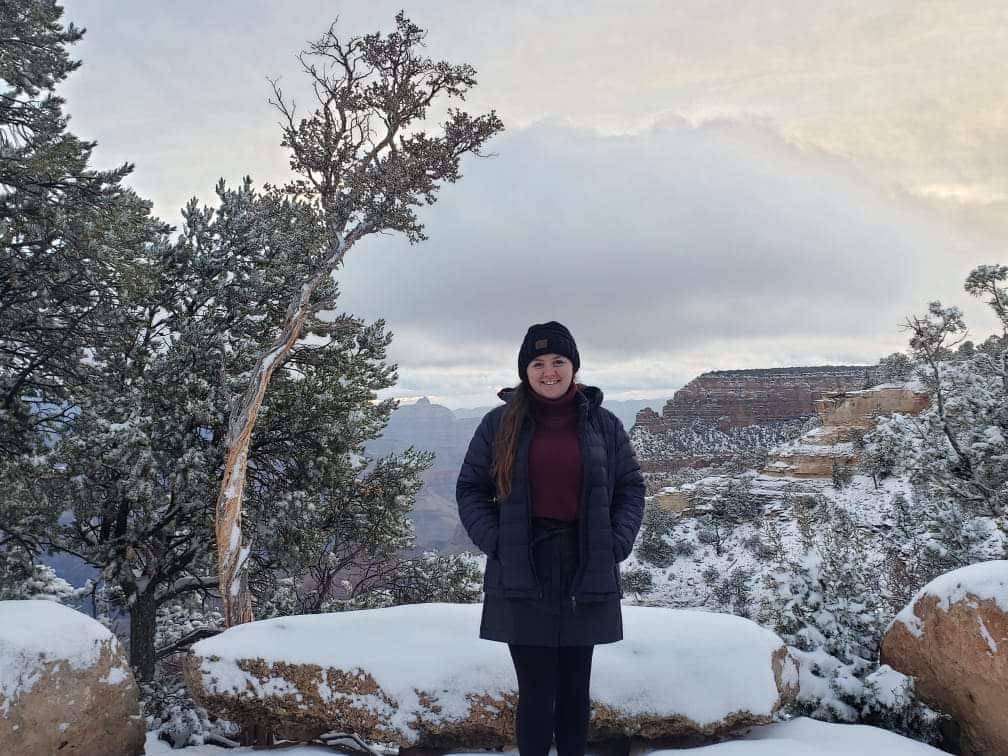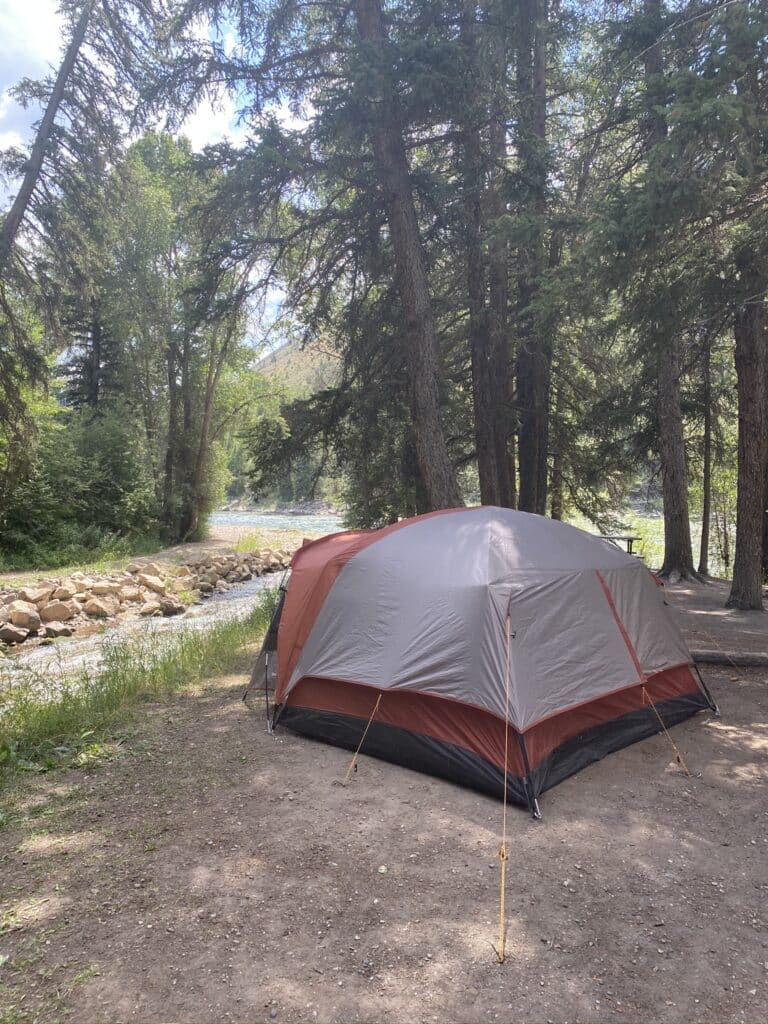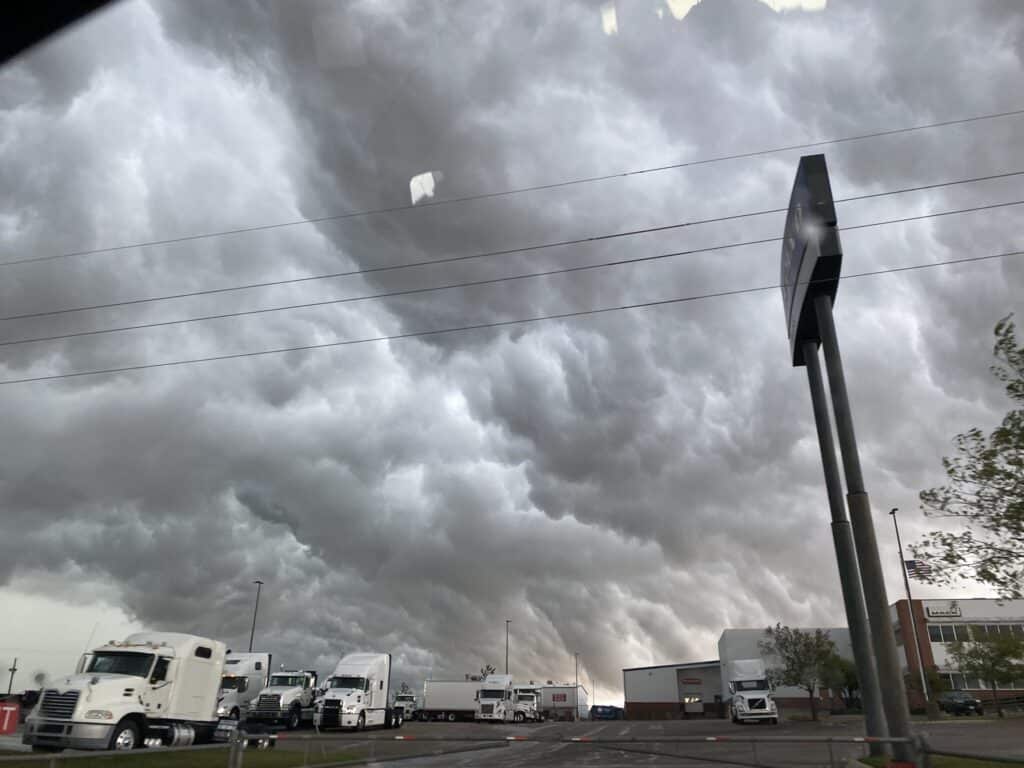The 7 Best Tips For Staying Safe When Traveling During Extreme Weather

Want to know all the best tips for staying safe when traveling during extreme weather? We’ve got you covered with everything you need to know!
Traveling opens a new world of opportunities to explore the world and create unforgettable memories.
That’s why it’s not surprising that international travel could reach 80% to 95% of pre-pandemic levels this year, according to data by UNWTO.
While traveling is fun, some extreme weather can ruin your trip.
Planning A Trip? Use Our Favorite Resources Below!
👉🏼 Accommodations
👉🏼 Tours/Experiences
👉🏼 Flights
👉🏼 Car Rentals
Tips For Staying Safe When Traveling During Extreme Weather
Hurricanes, tornadoes, and heat waves can limit your ability to enjoy thrilling activities, like hiking, biking, flying, swimming, and mountaineering.
That’s why it’s important to factor in the weather of your travel destination when planning a vacation.
Whether you’re an avid traveler or first timer trying to prioritize travel in your budget, preparing for harsh weather can help you make the most of your trip.
Keep reading to learn the essential tips for staying safe when traveling during extreme weather.
1. Check the Weather Before Traveling
Checking the weather conditions in your travel destination beforehand is crucial.
Remember, knowing how the weather is in the region you plan to visit shouldn’t stop you from traveling.
Instead, it helps you prepare to have fun and stay safe even when the weather is extreme.
For example, let’s say it’s the rainy season in your travel destination.
The first thing you should do is pack appropriate clothing and avoid planning activities like boating and mountain climbing since that exposes you to lightning and thunderstorms.
You can always find a way to enjoy your trip, even if the weather in your travel destination is less than ideal.
You can check international weather on world news TV stations or online sites.
There are many websites where you can view international weather, but the most reliable sites that offer accurate weather forecasts are weather.com, AccuWeather.com, weather.org, and gismeteo.ru.
Note that you don’t have to check the weather non-stop, just ensure you’re up-to-date with the latest weather alerts.

2. Pack Appropriately
When you know what weather to expect in your travel destination, pack appropriately.
The last thing you want to do is walk around in wet clothes if there will be heavy rains at your holiday destination.
So, pack warm and waterproof clothing.
A lightweight rain jacket, waterproof shoes, or shoes that dry quickly, like flip-flops, should be top on your holiday traveling packing checklist.
If the region you’re traveling to is cold and snowing, pack warm winter pants and coats, waterproof snow boots, socks, thick gloves, a hat, scarf, and puffy jackets.
It’s also crucial to pack a few accessories like a waterproof dry bag or case.
You can use a dry bag or waterproof case to keep your passport, phone, camera, and other valuables.
Doing so prevents them from damage if it rains when you are outdoors.

3. Choose an Alternative Route
Sometimes, changing your itinerary and choosing alternate routes can be the easiest way to stay safe in extreme weather, especially when going on a road trip.
It will take time to find a route that matches your interest, but you’ll be happy you didn’t cancel the entire trip because of a storm, heat wave, or snow.
To avoid making last-minute changes, travel experts recommend having a flexible itinerary.
Ideally, map two or three routes in advance after choosing your ideal destination.
You can make the process easy by using road trip planning apps, like Google Apps, Waze, and Roadtrippers.
Planning an itinerary is important for all travelers, as it helps you make the most of your trip.
However, for women solo travelers, having an itinerary helps ensure they choose safe travel destinations.
For example, if you’re traveling to the US, it’s vital to research destinations and choose safe places for women.
Ideal US destinations safe for female solo travelers include Salt Lake City in Utah, New York City, Irvine in California, and Portland, Maine.
Besides planning your itinerary, ensure your accommodation is weatherproof.
Ideally, if you’re expecting rains and strong winds, sleeping in a tent or bamboo hut at the beach won’t be fun.

4. Ask the Locals for Weather Advice
If you’re already in your desired holiday destination, ask the locals about the weather if you’re in doubt.
Locals will help you decide whether it’s safe to continue with your travel plans or stay indoors.
While locals understand their weather patterns better and offer reliable information, don’t hesitate to check with the local weather forecast.
Perhaps meteorologists in the region have noticed an extreme weather condition that’s about to occur and the locals don’t know about it.
Knowing what to expect helps you adjust your plans to explore the region when the weather is friendly.
That way, you won’t be caught up in bad weather, like tornadoes, hurricanes, cyclones, or extreme heat.

5. Plan for Indoor Activities
Extreme weather might hinder you from going outdoors, but you can make the most of your trip by choosing indoor activities.
There are plenty of indoor activities to enjoy on a rainy day, whether you’re traveling solo or with family and friends.
For instance, you can visit a museum or an aquarium, turn a bad weather day into a local shopping spree, go to a local concert or movie theater, visit a day spa, read a book, or play board games like chess or scrabble.
You could also choose to take a stroll in the rain rather than stay cooped up indoors.
A leisurely stroll out in the rain is a perfect way to view picturesque sights and enjoy a once-in-a-lifetime experience.
But you must prioritize your safety when walking in the rain.
So, wear warm and waterproof clothes, put on shoes with deeper treads to prevent slips and falls, and grab an umbrella.

6. Stay Connected
Going on a vacation is a good way to unplug from the digital world.
However, when traveling in unfamiliar weather, you want to be safety-first minded by staying connected.
Find in areas with good network coverage, including Wi-Fi connectivity, so you can stay-up-to-date with the weather forecast, the latest alerts, and warnings.
Being in areas with good phone services also means others can reach you with the latest updates.
That way, you can plan your vacation activities appropriately.
You can also reach emergency response services quickly if necessary.

7. Wearable Identification Accessory – A Must for Travelers with Health Conditions
Your packing list must cater to your needs when traveling, especially if you have health conditions.
If you have epilepsy, for instance, don’t forget to pack a wearable identification accessory.
This accessory can become essential in a crisis, alerting those around you to your condition.
With such bracelets, some even equipped with technology to alert your emergency contact, traveling remains enjoyable and safe despite specific health concerns.
Conclusion: Tips For Staying Safe When Traveling During Extreme Weather
Traveling improves mental health, creates room to make unforgettable memories and explore new places.
However, bad weather may come in the way, turning an amazing trip into a stressful vacation.
The good news is you don’t need to cancel your travel plans.
You can travel safely in extreme weather and have fun by checking the weather in advance and planning appropriately.
Then pack smart, choose an alternative route, plan for indoor activities, and stay connected.